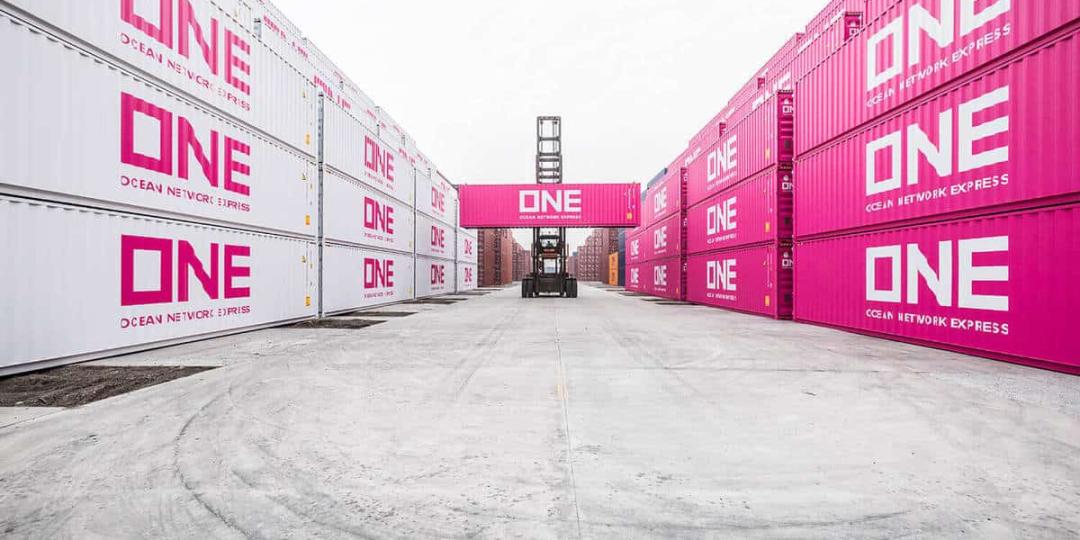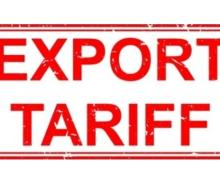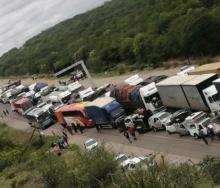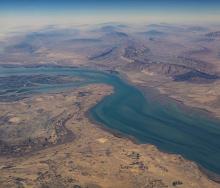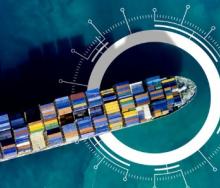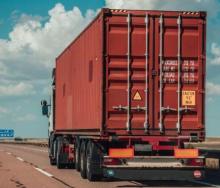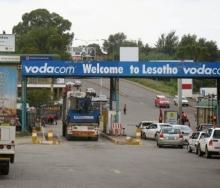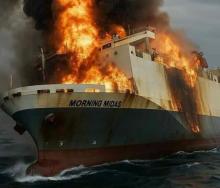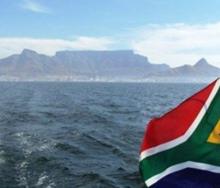To answer this question, Ocean Network Express (ONE), in conjunction with Kawasaki Kisen Kaisha (“K” Line), conducted a joint crisis management drill based on a simulated scenario of ONE’s chartered vessel running aground.
According to a statement from the line, the joint exercise was a success with about 75 participants from ONE’s global headquarters (GHQ) in Singapore and regional headquarters in London, and “K” Line’s head office in Japan.
The drill involved colleagues executing procedures, reviewing possible responses, and examining emergency measures.
This was the simulated crisis scenario: Main engine failure on ONE’s chartered vessel. The vessel ran aground on the Elbe River after losing control. Due to the impact of grounding, containers collapsed and a few containers fell overboard which included some hazardous goods. Subsequently, a side hull breach was confirmed, as well as a small amount of oil leakage. The scene of the accident was reported by the media and many photos and videos were posted on social network sites.
The action that followed:
- Upon receiving an initial urgent incident report, a crisis management centre was set up by ONE GHQ to handle first-response tasks such as information gathering, and to establish communication flow processes among the related parties.
- ONE assumed a crucial role, together with the shipowner and the ship manager, to control and manage the situation.
- ONE took appropriate measures to mitigate the negative impact to customers as well as the general public, cooperating with “K” Line and related parties. Regular updates were published through media statements and advisories as the situation progressed.
“Through the simulated drill, ONE’s crisis management capability has been strengthened and proven that the organisation is constantly prepared to respond in times of emergency under any circumstance.
